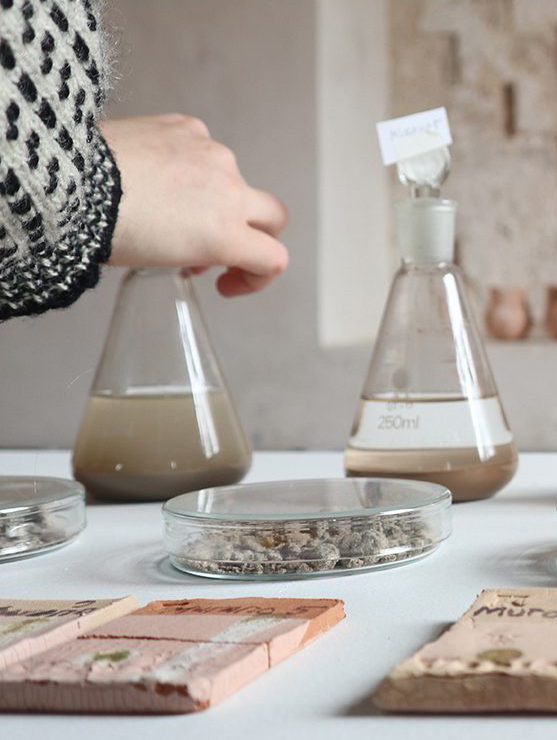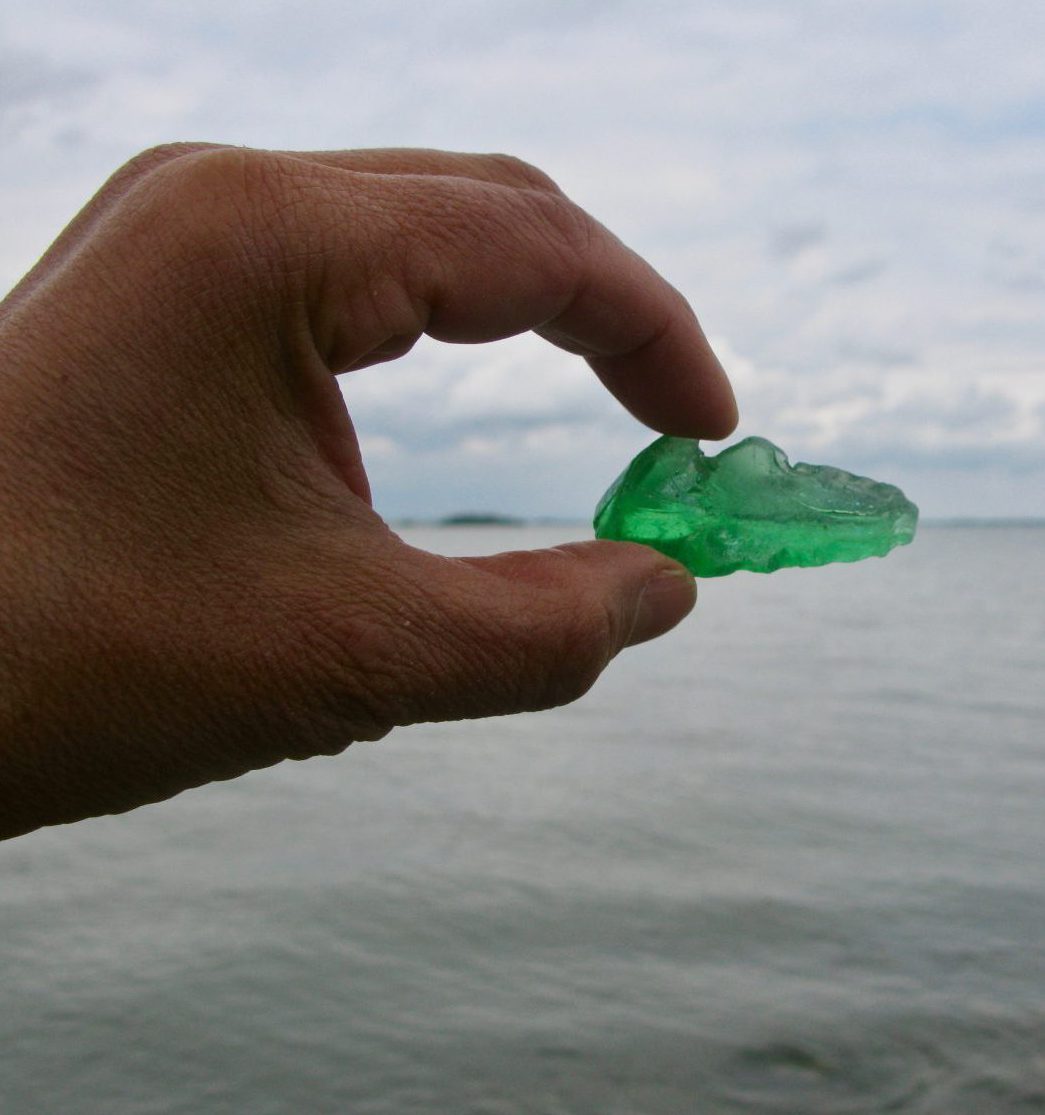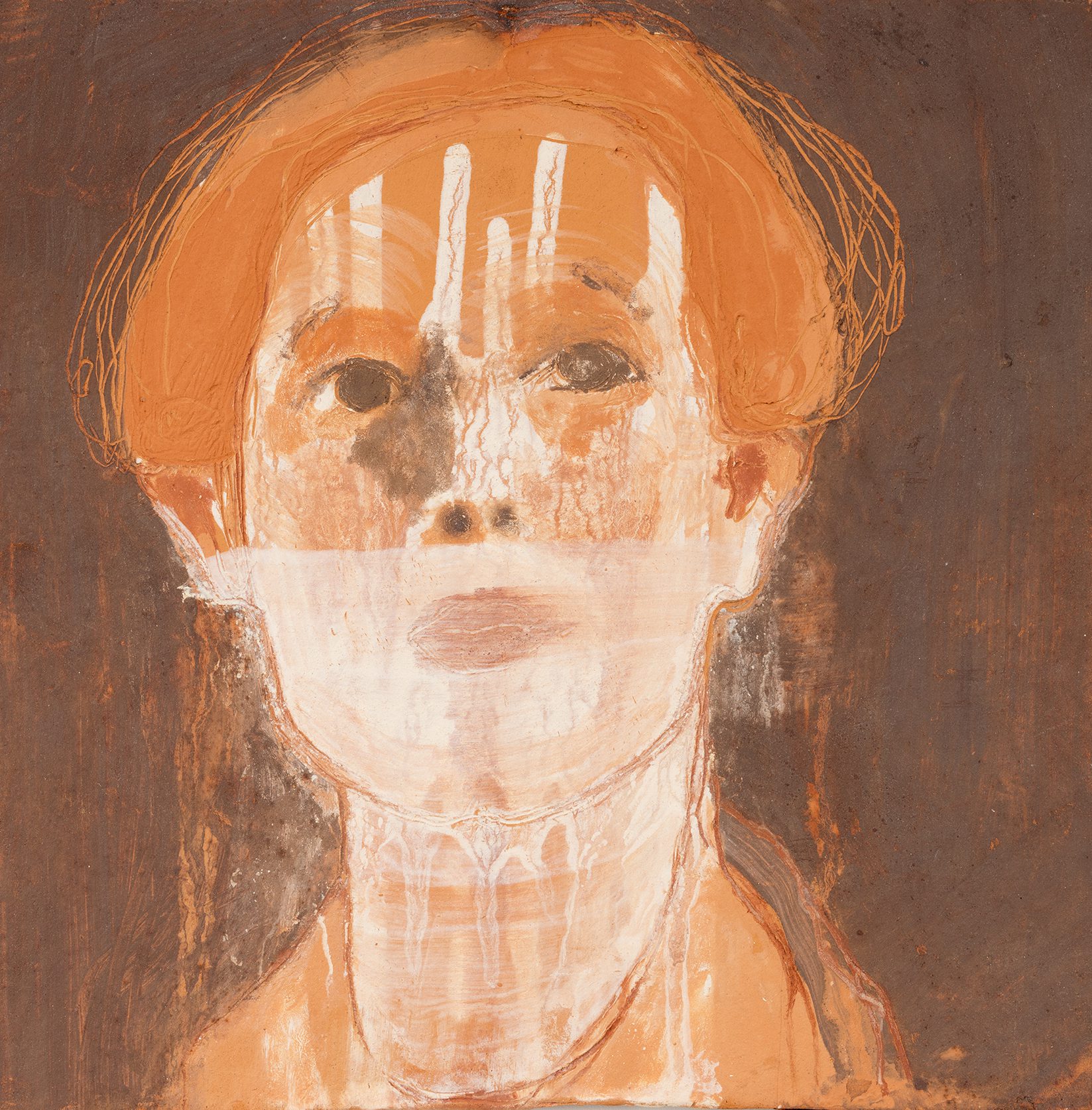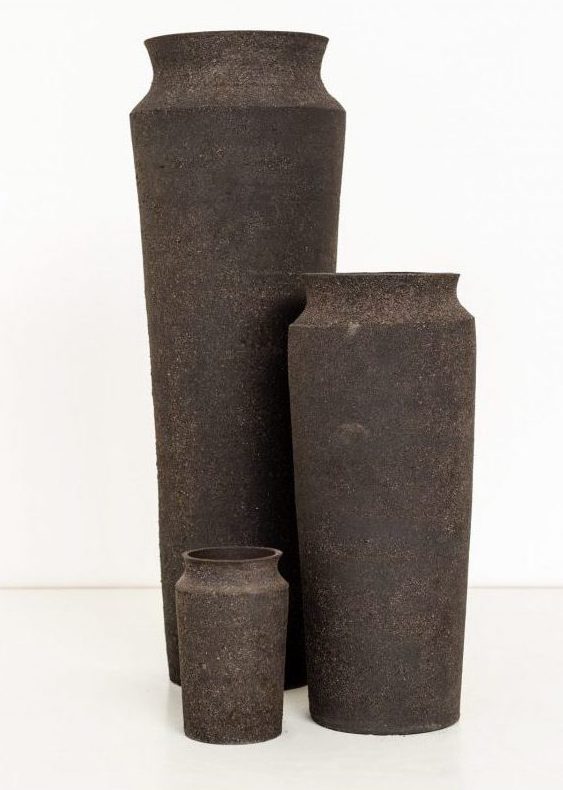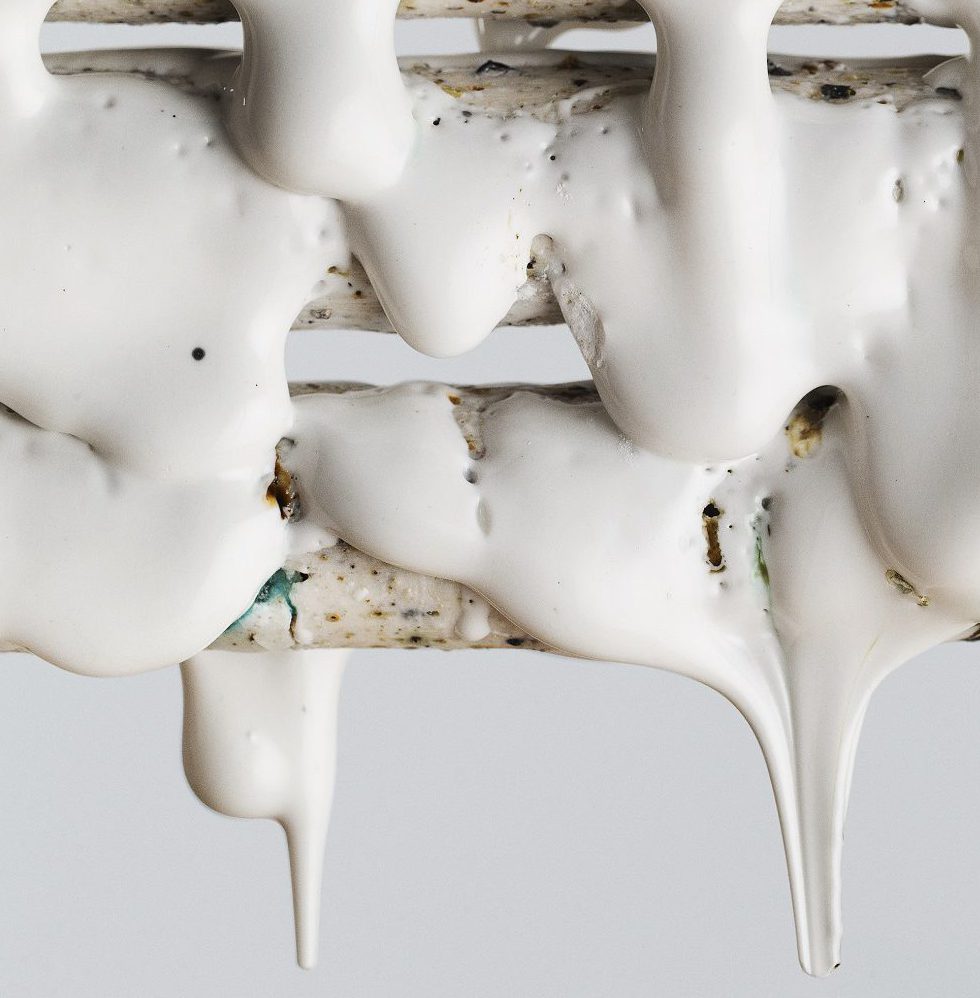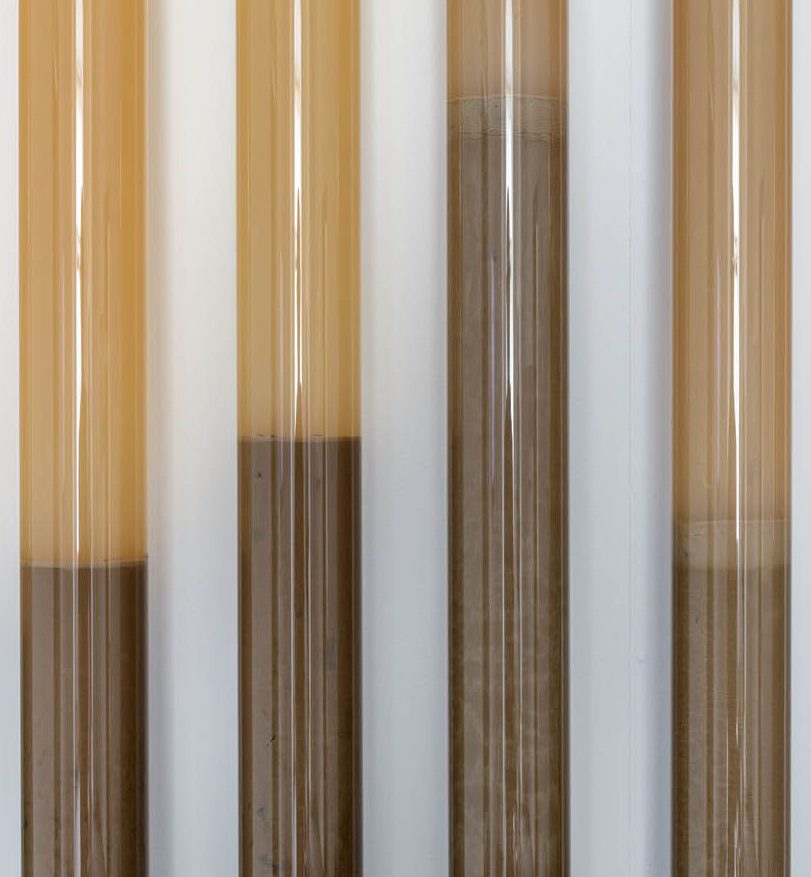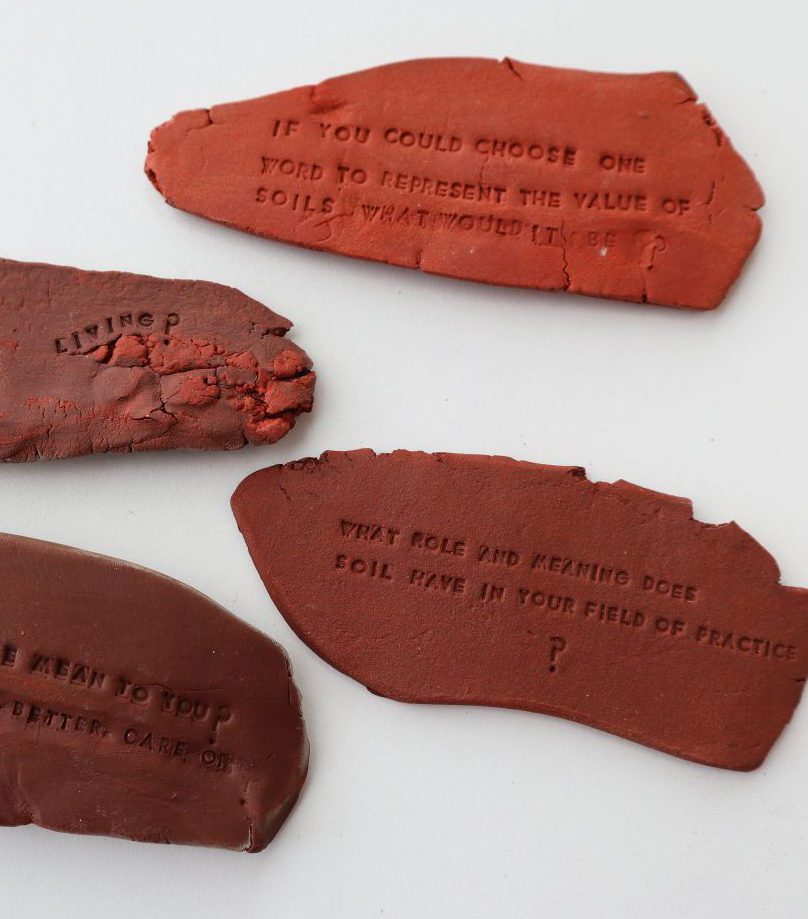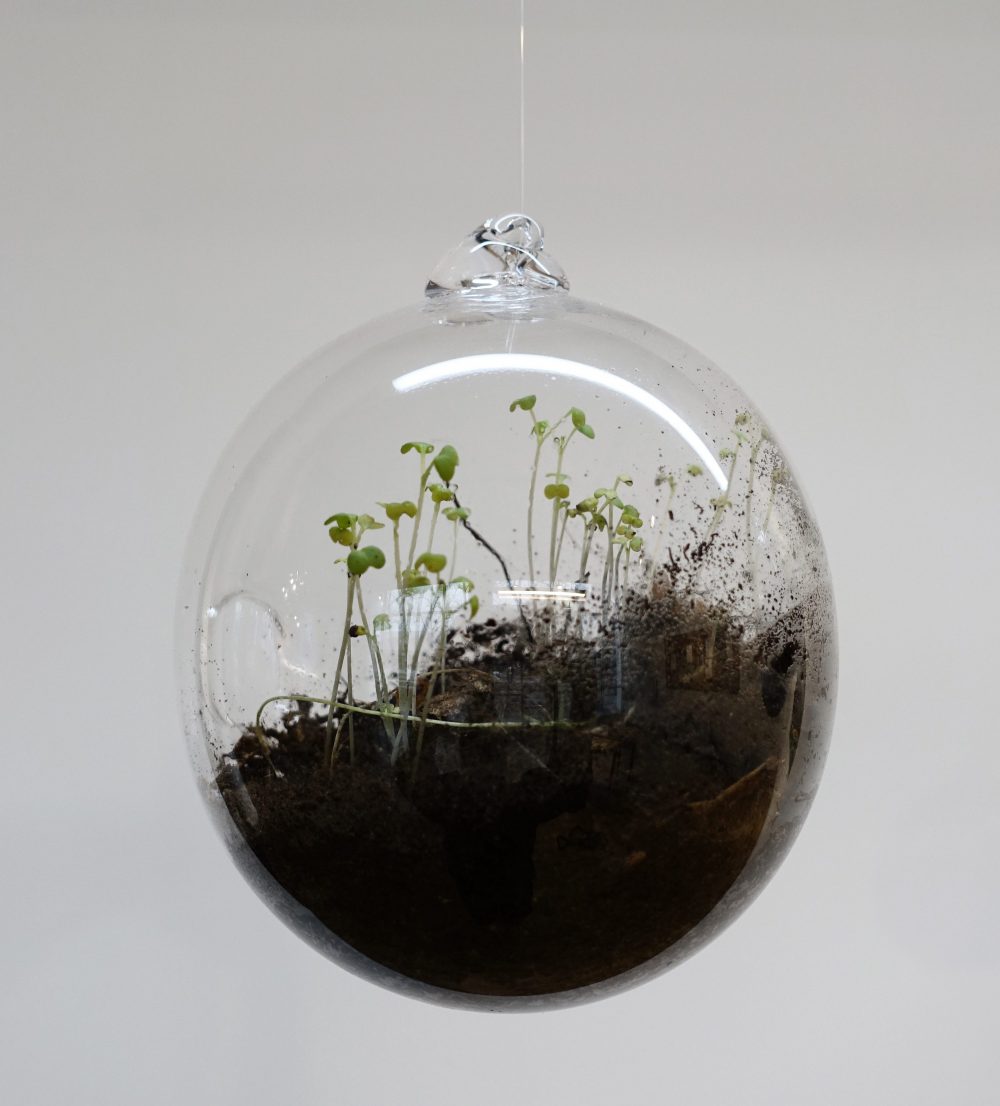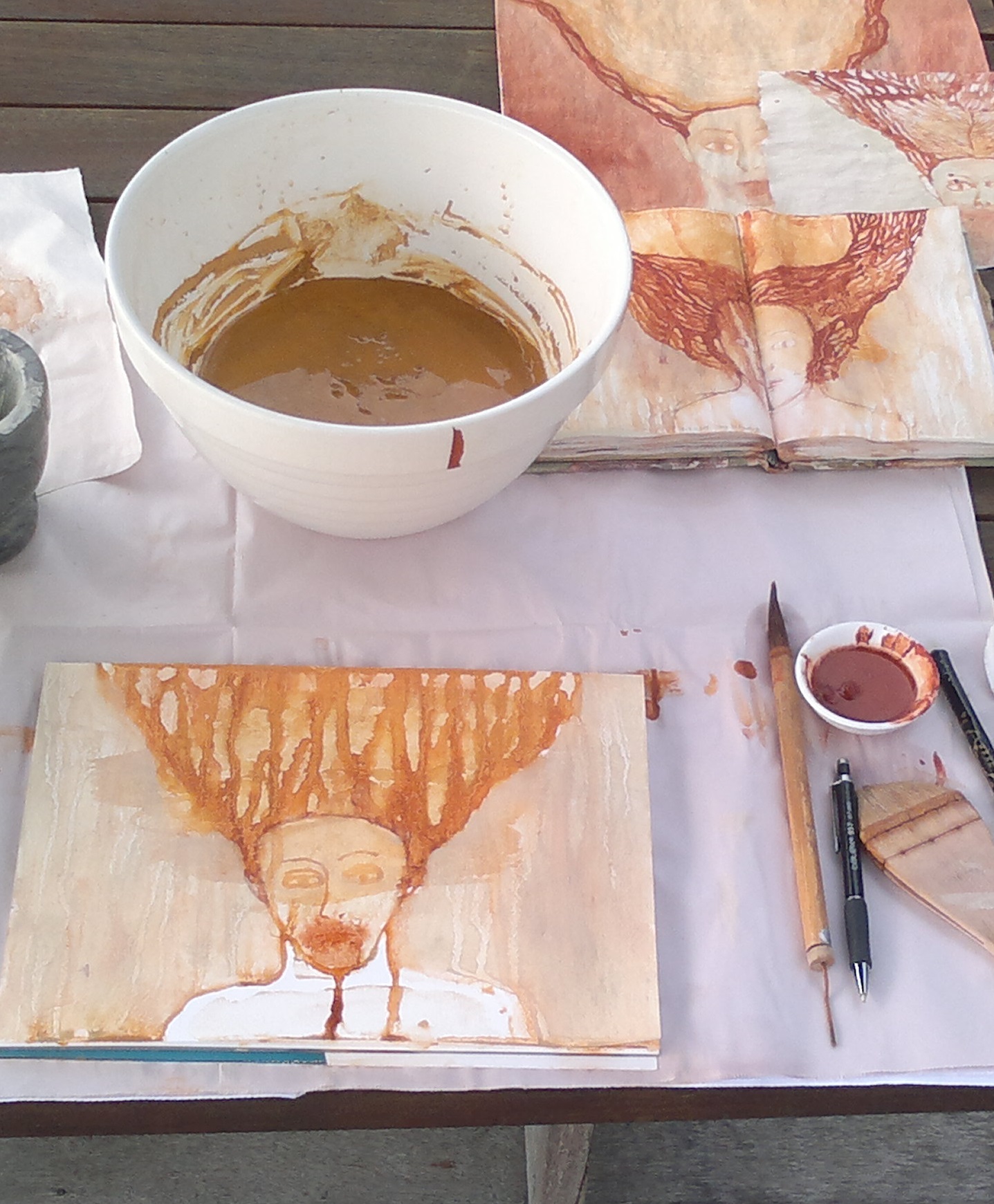Soil Matters takes visitors from Somero to Mongolia and from Venice to Nuutajärvi
Soil Matters features nine projects, each with their own approach to the soil. The exhibition showcases a multidisciplinary group of professionals who work with soil, from ceramic artists to activists and different types of research groups. In one of the projects, the audience can observe, how seeds germinate in Nuutajärvi soil, and in the Soil Laboratory, and in another they can smell Somero’s red clay as ceramic artist Catharina Kajander processes her ceramic works on site. In addition to Finnish themes, the exhibition approaches soil from a global perspective: viewers will be able to visit the shores of a polluted lake of sludge in Mongolia in the work of the London-based design studio Unknown Fields Division, and the Traces from the Anthropocene project takes museum guests to islands built from waste in the Venetian Lagoon area.

